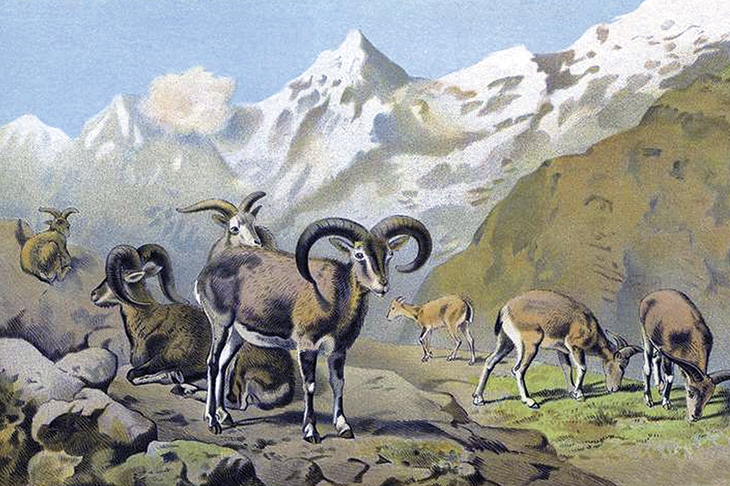The region of Dolpo in Nepal forms part of a border zone between that country and China in the central Himalayas. It is essentially a high-altitude desert encircled by towering snow-capped peaks and has long been celebrated in the West as a real-life version of Shangri-La.
Part of the image flows from the restricted access permitted to outsiders, and also from the lives of its inhabitants, who might belong politically to Nepal but culturally show allegiance to the former theocracy presided over by the Dalai Lama. Dolpo is one of the last places on Earth where a vestige of the traditional Buddhist society of Tibet still survives.
Another key part in its western renown, however, is surely the role it played in the most popular work of the 20th-century American novelist and adventurer Peter Matthiessen. Accompanying his friend, the zoologist George Schaller, Matthiessen was given rare permission to make a prolonged trek through Dolpo, ostensibly to study the habits of a wild sheep found there called the bharal.

Get Britain's best politics newsletters
Register to get The Spectator's insight and opinion straight to your inbox. You can then read two free articles each week.
Already a subscriber? Log in






Comments
Join the debate for just £1 a month
Be part of the conversation with other Spectator readers by getting your first three months for £3.
UNLOCK ACCESS Just £1 a monthAlready a subscriber? Log in